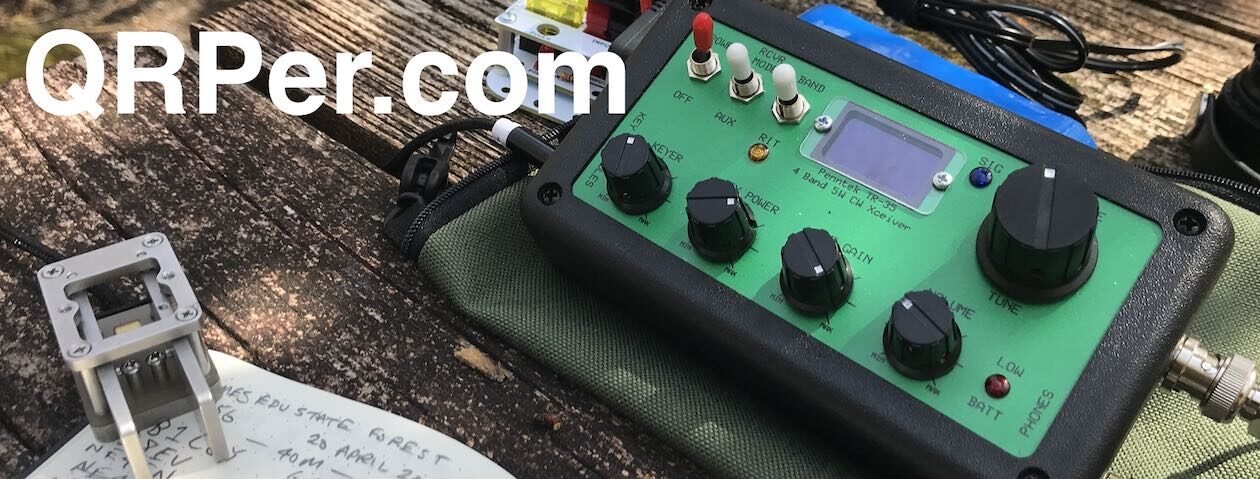Many thanks to Teri (KO4WFP) who shares the following guest post:
The Lifeline of CW and POTA
by Teri (KO4WFP)
The past five months have been tumultuous. I am now divorced and my son and I are making a new life for ourselves with my family. Those of you who’ve been through a divorce know how stressful and difficult a process it is, especially when navigating it for the first time. You are undoing relationships and patterns of behavior and figuring out how to move forward and what that looks like.
Why do I tell you this? Partially because I want those of you who’ve said “where the heck have you been?” to know why I’ve been absent from QRPer. However, I also want to thank all of you in the ham community because it is this community that saw me through my difficulties. Hams are some of the kindest and most wonderful people, especially CW and POTA hams. This community has rallied to my side and given me a reason to keep moving forward.
As Thomas noted in his September 17 post of this year, CW is indeed “radio therapy.” After I relocated, it was six weeks before I had a home station again. Six LONG weeks without seeing my code buddies – Caryn KD2GUT, Glenn W4YES, and Charles W4CLW – on the air. I felt cut off not having those QSOs, not being able to get on the air when I desired, like someone had removed my legs! The absence reinforced how much CW and POTA mean to me.
While working to get a home station again, I latched onto POTA. I vividly recall driving home from my first POTA activation after leaving my ex-husband and, for the first time in several weeks, the stress temporarily melted away. Life, for a few hours, felt normal. I felt like my old self.
CW and POTA were indeed therapy as I put my life back together. Getting out and activating was good for my mind and body. Ham radio for me is about relationships and seeing ops who hunt me regularly was like reconnecting with friends saying “hi”.
POTA became an integral part of my healing process and I pursued activations at George L. Smith State Park and, my old stomping ground, Butter Bean Beach, part of Wormsloe State Historic Site.
George L. Smith State Park is a pretty site for POTA. The park’s focal point is Mill Pond Lake which was created by the damming of 15-Mile Creek in 1880. Visitors can rent kayaks or canoes to explore three paddling trails in the 412-acre lake and its wetlands but are warned against swimming due to the presence of alligators. The land adjacent to the lake has seven miles of nature trails through sand-bottomed forest with hardwoods and longleaf pine.
The old mill at the site still exists. The original floodgates are used to control the water level in the lake with the addition of an electric hoist to open and close the gates. The mill, known as Watson Mill, is housed in a bridge which was open to motor traffic until 1984 and is one of only two mills operated by the State of Georgia. Watson Mill housed a sawmill for lumber as well as a gristmill, the latter which remains operational for demonstration purposes.
After a quick drive through the park, I chose to set up on the hill next to the park office which offered an open area without adjacent power lines. It wasn’t long before my EFRW was installed in a tree and I was on the air. Continue reading The Lifeline of CW and POTA





















































